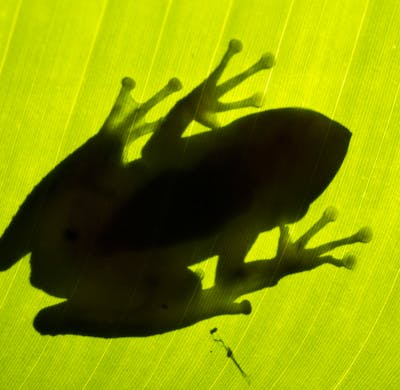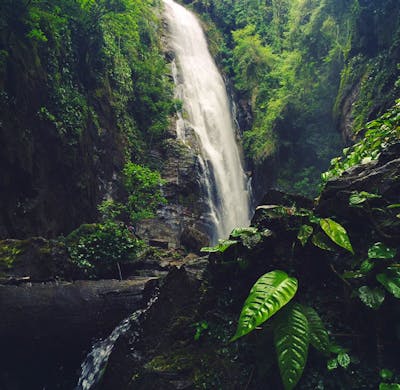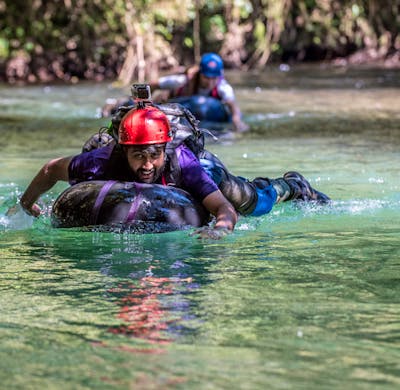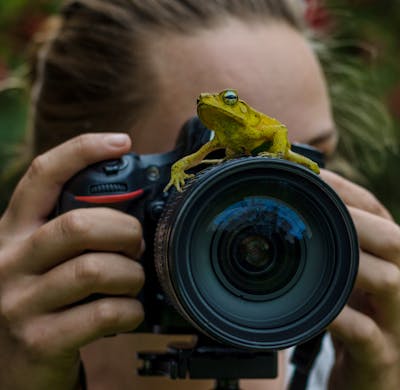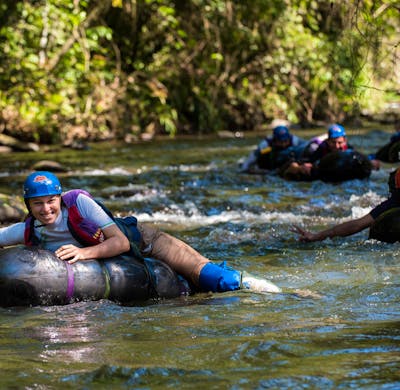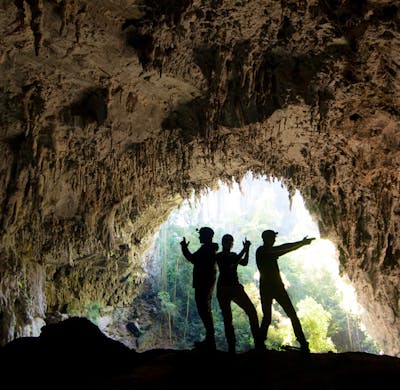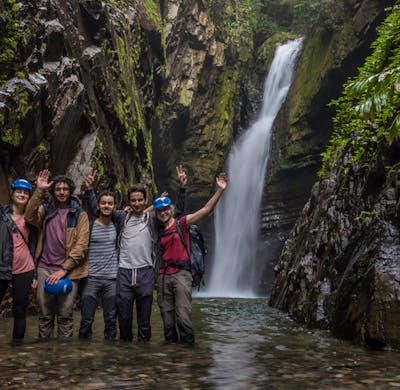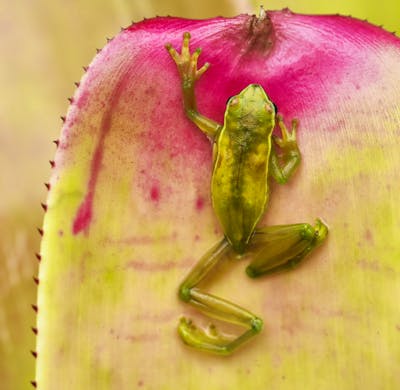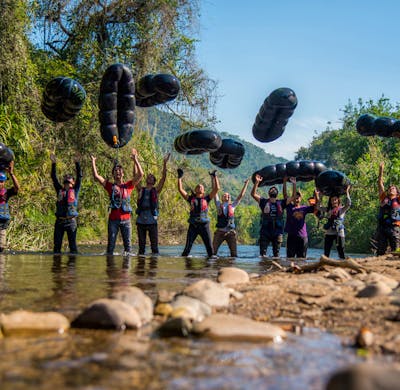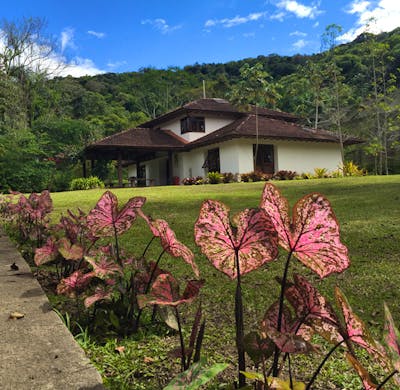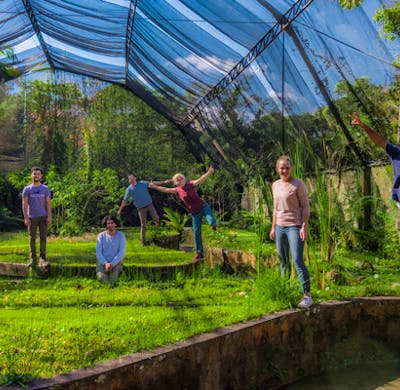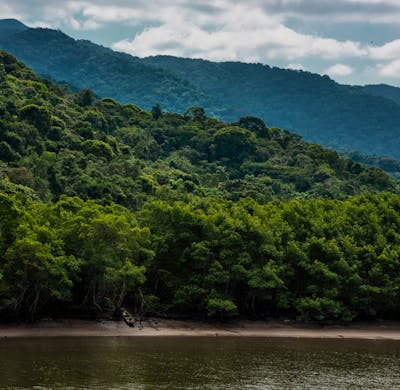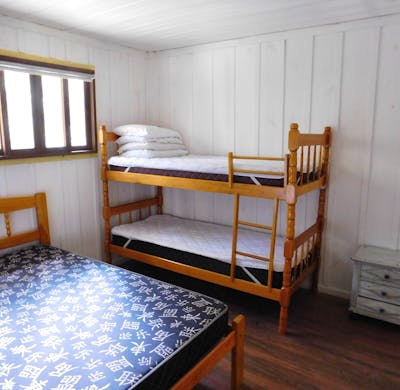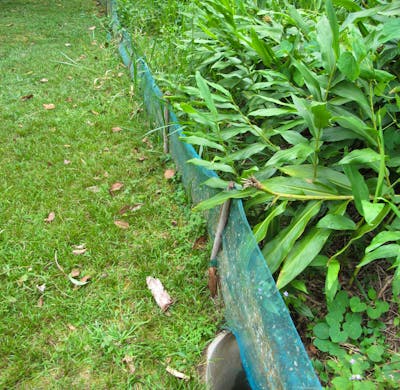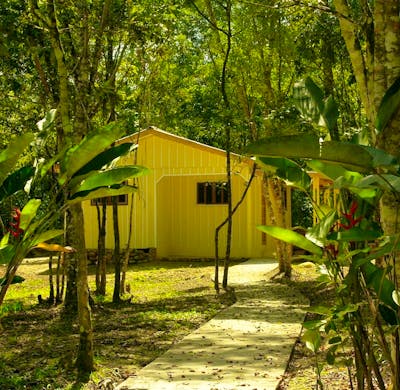Amphibian Researcher (Eco Supporter)
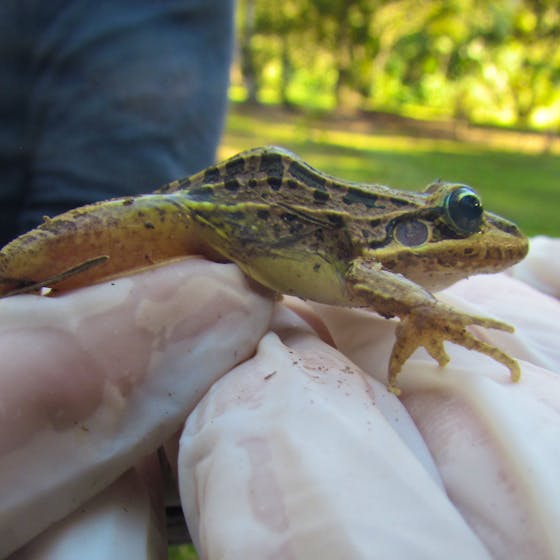
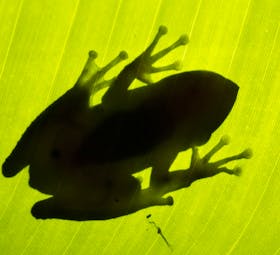
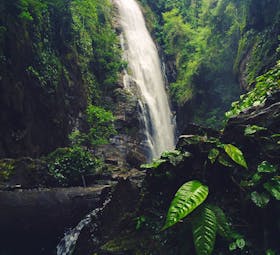
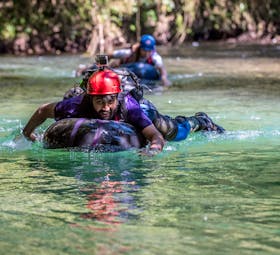
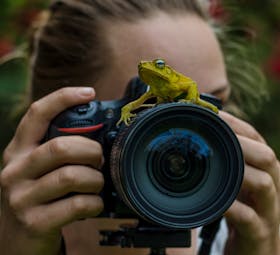
Spesielt egnet for
Om programmet
Pitfall research looking at decline of species in the forest. Part of the large eco-supporter role.
The project
The Amphibian Projects aims to study critical in the area of conservation. Frogs have been dramatically impacted by climate change which makes them a priority to research and protect. IPBio wishes to understand the distribution of amphibians, understand their reproductive habits, track ...
Typisk dag
A typical work day starts at 9:00 am and ends at 3:00 pm.
Hike up to the various pitfalls to find the diversity and abundance on the reserve.
Part of the eco-volunteer role
Fritidsaktiviteter
Caves: Iporanga is called “The Cave Capital of Brazil” with over 400 caves in the town. Below are just the highlights.
- Casa da Pedra is the world’s largest cave entrance of 215 meters. The trip involves a 2-hour hike to the opening where there is a place to sit down and have a picnic and swim ...
Krav
Hva inngår
Hva er IKKE inkludert?
Detaljer ved ankomst
Field research on biodiversity using pitfalls only occurs from November to March but the rest of the program occurs all year long.
Programgebyrer
Møt din vert

IPBio - Reserva Betary
Non-profit - grunnlagt i 2014
Verifisert av Volunteer World
Arrangert av
Imran
Om prosjektet
98 gjennomganger ·  4.7
4.7
Plassering

Du kan også være interessert i
-
Voksne
Misjonsreiser
Internships i Brasil
Gruppefrivillig arbeid
Beste frivillige programmer
Par
Prosjekter i utlandet
Frivillige turer for studenter
Familie frivillig arbeid
Latin-Amerika
50 Pluss frivillighet

